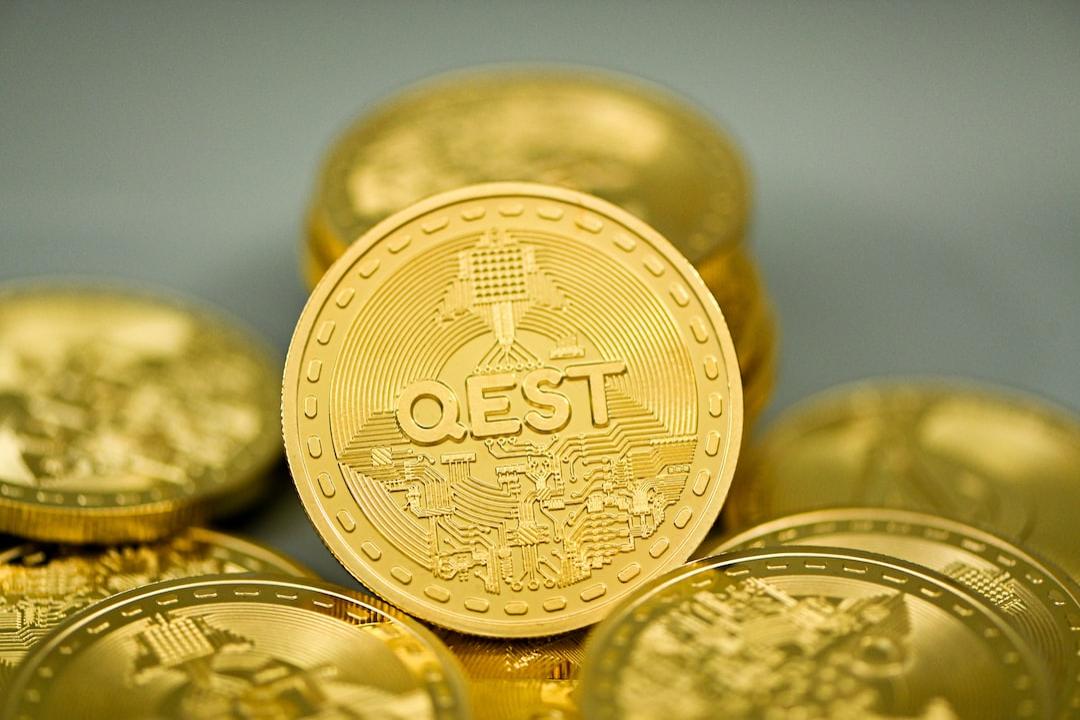Opinions presented in this article reflect diverse views and do not represent the stance of WEB3+
Will Ethereum Decline in the Next 10 Years?
Cardano founder Charles Hoskinson has made a shocking prediction: “Ethereum will collapse in 10 years! It will become just a passerby in the cryptocurrency world!” This tech giant, who co-founded Ethereum with Vitalik Buterin (V God), is now pointing out three major design flaws in Ethereum, believing it cannot meet future challenges.
V God strongly retaliated: “Ethereum’s upgrades will enable it to dominate the crypto world!” This article will succinctly analyze who wins and who loses in this “ultimate showdown” of the cryptocurrency realm, while providing a clear ETH investment guide to help you seize wealth opportunities in 2025!
Hoskinson’s Three Major Critiques: Ethereum’s “Fatal Flaws”?
Charles Hoskinson believes that Ethereum’s design has three major issues that could hinder its competitiveness:
1. Accounting Model (Account Balance Model)
Ethereum’s account system only records the current balance of each address and does not store detailed transaction history. Hoskinson warns that this could lead to data processing delays in high-frequency trading or make it difficult to trace the flow of funds during audits, impacting efficiency and security.
2. Virtual Machine (EVM)
The Ethereum Virtual Machine (EVM) is core to executing smart contracts. Hoskinson criticizes its low efficiency, slow processing speed for large applications, and high gas fees (transaction costs), which limit scalability.
3. Consensus Mechanism (Proof-of-Stake, PoS)
Ethereum’s PoS requires validators to stake ETH to participate in network maintenance. Hoskinson believes this resembles a “rich man’s club,” where larger stakers have more influence, potentially leading to power concentration and harming fairness.
Metaphor: It’s like a club vote where those who pay more have the final say, and the opinions of ordinary people may be ignored.
Impact on Investment:
These issues could raise transaction costs and reduce speed, affecting Ethereum’s user experience and competitive pricing of ETH. Dune Analytics (May 2025) shows that Ethereum’s average gas fee is 20 Gwei (approximately $0.50 USD/transaction), which, while lower than the peak of 200 Gwei in 2021, is still higher than Solana (approximately $0.01 USD). If unresolved, ETH could lose users and face price pressure. However, experts and V God’s responses indicate that Ethereum is actively addressing these challenges!
Voices from Experts: Insights and Solutions from V God
Expert Opinions
– Gavin Wood (Founder of Polkadot):
The account model is suitable for smart contracts, and the data tracking issue is an engineering challenge that can be resolved. The EVM may be inefficient, but its ecosystem (3,500 DApps, DefiLlama May 2025) is hard to replace. The 1.2 million validators in PoS (Dune Analytics) are sufficiently decentralized, and the risk of centralization is exaggerated.
– Justin Drake (Ethereum Foundation Researcher):
The gas fee issue with EVM will improve with upgrades. The concentration of wealth in PoS can be alleviated by lowering the staking threshold, and the current design is secure and robust.
– Anatoly Yakovenko (Founder of Solana):
Solana leads in speed, but Ethereum’s total value locked (TVL, $60B USD, DefiLlama May 2025) far exceeds that of Solana ($10B USD), making its ecosystem unmatched.
V God’s Solutions
– Accounting Model: Optimize Data Access
Solution: V God proposed using a “Verkle Tree,” a highly efficient data structure that compresses state data into small “proofs,” allowing nodes to quickly query historical records without storing complete data, enhancing high-frequency trading efficiency and audit convenience. This directly addresses the current accounting model’s issues.
Progress: The Verkle Tree is planned for integration by the end of 2025.
Impact on Investment: The Verkle Tree will enhance transaction efficiency, attract more DeFi projects, and increase ETH demand.
– EVM: Upgrade to RISC-V Acceleration Engine
Solution: In April 2025, V God proposed replacing EVM with the RISC-V architecture. RISC-V is an open-source, efficient computing architecture with simplified instructions that can process multiple smart contracts in parallel, increasing transaction speed by 100 times (reducing single transaction time from 0.1 seconds to 0.001 seconds) and supporting zero-knowledge rollups (zk-Rollups) to lower gas fees.
Progress: RISC-V is expected to be partially implemented by 2027 (according to Vitalik Buterin’s X post in April 2025).
Impact on Investment: An efficient EVM will expand application scenarios and drive up ETH prices (CoinMarketCap predicts $6,000 USD by 2026).
– PoS: Ensure Fairness and Security
Solution: V God proposed a “Beam Chain” upgrade to simplify PoS rules and reduce the risk of manipulation by large holders, planning to lower the staking threshold from 32 ETH. The “99% fault-tolerant consensus” algorithm detects censorship or attacks.
Progress and Current Status: The Beam Chain has not yet been upgraded and is expected to be tested by the end of 2025. The reduction of the staking threshold is still under discussion, and the specific effectiveness of the proposal requires further discussion.
Macroeconomic Analysis and Investment Action Guidelines
Macroeconomic Background (Sources: U.S. Bureau of Economic Analysis, Federal Reserve, Bloomberg, CoinMarketCap, The Conference Board, May 2025):
In May 2025, the U.S. economy slowed (Q1 GDP decreased by 0.3%), but inflation stabilized at 2.5%, with consumer spending increasing by 0.5%, favoring cryptocurrencies. Ethereum benefits from institutional funds, such as BlackRock’s ETH ETF (managing assets of $5B USD). Uncertainties from trade wars may trigger volatility, but Ethereum’s market capitalization ($310B USD) shows strong potential.
Recommended Action Guidelines: (The content of this article does not constitute investment advice)
Hoskinson’s critiques highlight Ethereum’s challenges, but V God’s solutions and ecological advantages ensure ETH remains a hot investment topic for 2025.
As a novice investor, you might consider making a small entry, setting stop-loss points to reduce risk, and utilizing dollar-cost averaging for monthly investments.
To diversify risk, it is advisable to spread funds across ETH, Bitcoin, balancing returns and stability.
Conclusion:
The Ethereum showdown reveals: technical problems can be solved, and ETH remains the king of crypto! Share your ETH investment plans in the comments!

